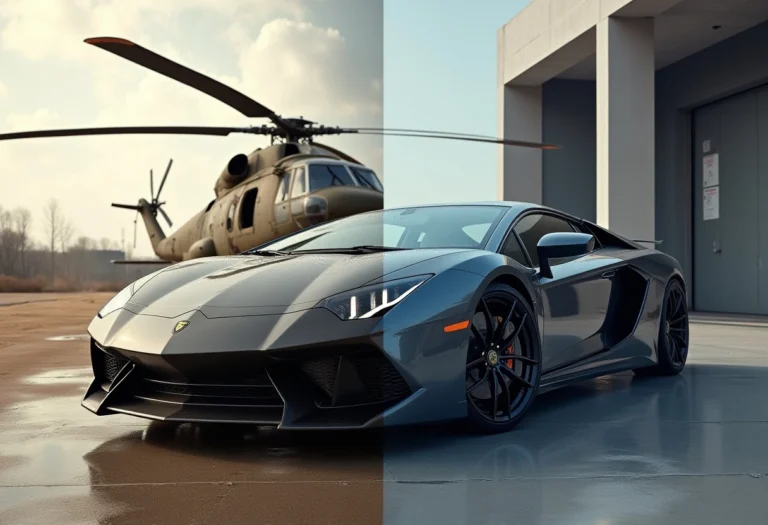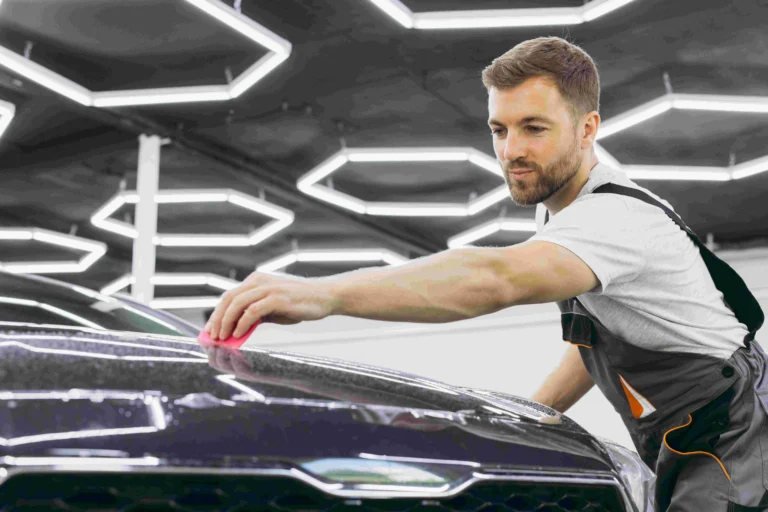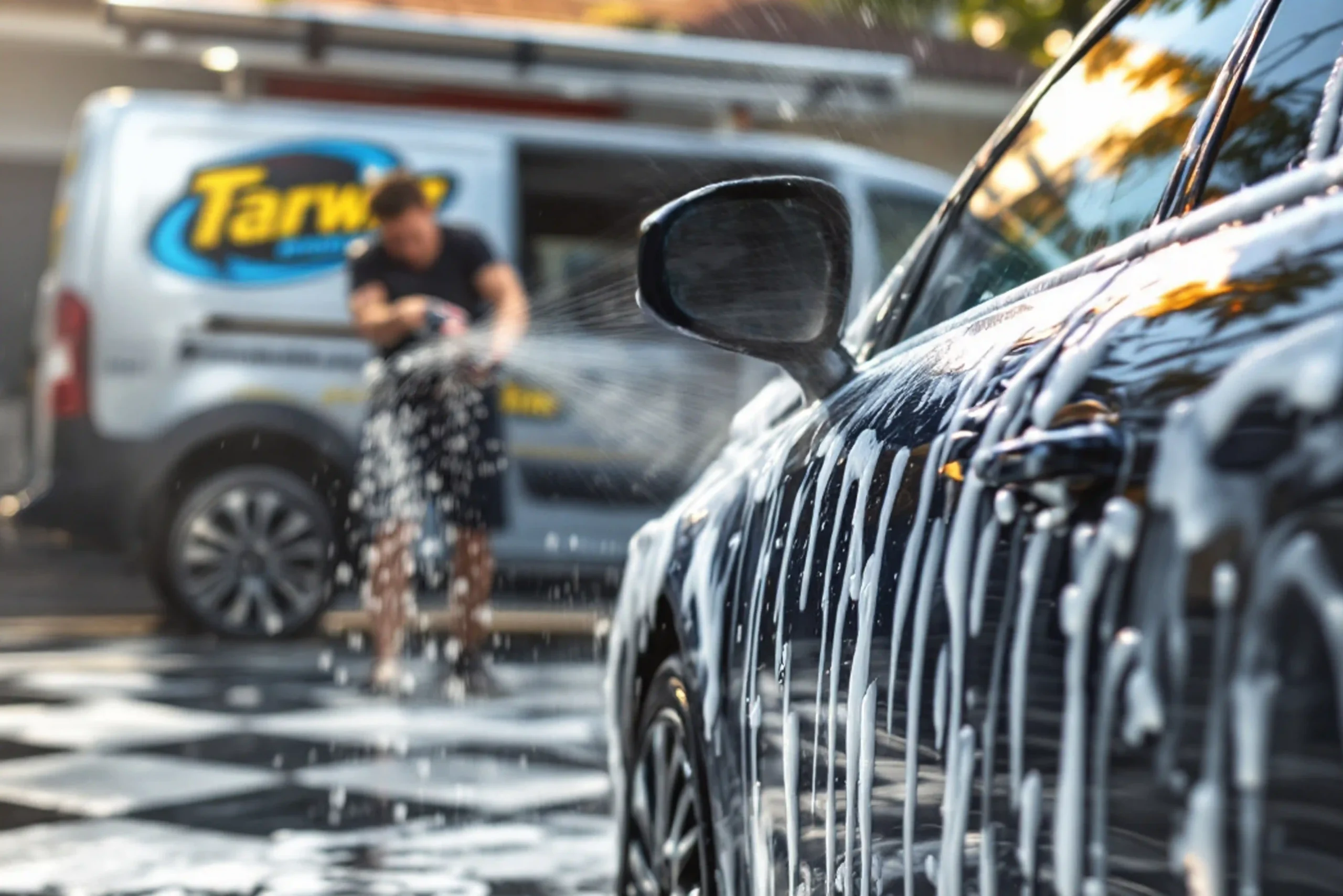Paint Protection Film History: From Battlefields to Driveways
When you think of modern car care, Paint Protection Film (PPF) is often at the forefront. Today’s PPF is a clear, virtually invisible shield that preserves a vehicle’s paintwork from rock chips, scratches, and the harsh realities of everyday driving. But few people know that this high-tech solution has its roots in military history, stretching back more than half a century. Few innovations in automotive care have such a compelling origin as the Paint Protection Film history, which traces back to the battlefield before finding its way to commercial vehicles.
The History of Paint Protection Film: 1960s Military Innovation
The story of Paint Protection Film begins during the Vietnam War era in the 1960s. Developed by the 3M company, one of the world’s pioneering material science companies, the original film wasn’t intended for cars at all. The U.S. military needed a durable, lightweight way to protect helicopter rotor blades and other sensitive parts from damage caused by flying debris and shrapnel in combat zones.
The solution was a thick, urethane film that could withstand harsh conditions while remaining flexible and lightweight. This early version of PPF was a functional military asset, designed purely for protection, not aesthetics.
From the Battlefield to the Road: Early Automotive Adoption
After the war, the protective potential of this film didn’t go unnoticed. By the 1980s and 1990s, as car enthusiasts and manufacturers looked for ways to keep vehicles looking new, the idea of using protective films on paint surfaces began to gain traction.
Initially, PPF was used by race teams and luxury car owners to protect high-impact areas like front bumpers, hoods, fenders, and side mirrors from gravel, bugs, and road debris. The early automotive PPFs were functional but far from perfect; they were thick, could yellow over time, and were sometimes visible when applied.

Technological Advancements: Clear, Self-Healing, and Hydrophobic
The 2000s saw significant technological progress. Material scientists and manufacturers refined the film to be clearer, thinner, and more durable. Modern PPF is a far cry from its military predecessor: it is now optically clear, highly stretchable, and nearly undetectable when installed by professionals.
One of the most impressive breakthroughs has been the introduction of self-healing properties. Thanks to advanced thermoplastic polyurethane (TPU) layers, modern PPF can “heal” minor scratches and swirl marks with exposure to heat, whether from the sun or warm water.
Additionally, many high-end films now have hydrophobic (water-repellent) top coatings that make cleaning easier and enhance the glossy appearance of a vehicle’s paintwork.
PPF Today: An Automotive Care Industry Standard
Today, PPF is considered a must-have upgrade for many car owners, from daily drivers to luxury and exotic vehicles. It has become an industry standard offered by certified installers worldwide.
As the market evolved, new players entered with cutting-edge offerings, and among them, Luminous has emerged as a trusted name in premium paint protection.
Luminous: Raising the Bar in Paint Protection
Luminous has redefined the expectations of PPF in the USA and the Middle East and beyond by delivering high-performance, professionally engineered films that combine clarity, durability, and advanced self-healing features. With a paint protection product lineup that includes clear, matte, and color PPF, Luminous caters to both protection and personalization.
By working closely with auto detailers, car care products distributors, and car care products installers, Luminous has helped shape a regional standard for quality and installation excellence. Through innovative R&D and a deep understanding of customer needs, Luminous continues to bridge the gap between global PPF innovation and the paint protection market demand, bringing world-class protection to every type of vehicle.

Paint Protection Film History in Motion: The Future of PPF
The evolution of PPF shows no signs of slowing down. Manufacturers continue to push the boundaries with films that offer better clarity, enhanced self-healing speeds, and even color-tinted or matte finishes for unique custom looks. Some advanced films even integrate ceramic coatings to boost hydrophobic properties and stain resistance further.
What began as a military innovation over 50 years ago has become an essential tool for car owners who want to protect their investments and keep their vehicles looking showroom-new for years.
Luminous remains at the forefront of this movement, actively expanding its offerings to meet the demands of tomorrow’s car owners, delivering not just protection but aesthetic enhancement and long-term peace of mind.
Final Thoughts
The next time you see a gleaming car that seems impervious to scratches and chips, remember its hidden shield, a direct descendant of technology designed to protect soldiers and equipment in the toughest conditions. From battlefield helicopters to high-end vehicles in your driveway, the story of Paint Protection Film is a testament to human ingenuity, and today, brands like Luminous are writing the next chapter in this remarkable evolution.
Stay Updated with the Latest in Car Care
Subscribe to the Luminous newsletter for expert tips, product news, and exclusive offers delivered straight to your inbox.



